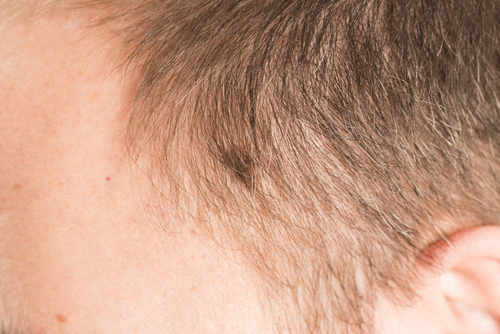Significant Increase of Head and Neck Melanomas in North American Adolescents and Young Adults
Melanoma is caused by the malignant transformation of melanocytes of the skin. According to the National Cancer Institute’s most recent data, the lifetime risk for developing melanoma is 1 in 38 Caucasians in the US. The most common location for presentation of melanoma is the trunk and extremities, with the back being the most common site. The mean age of diagnosis of melanoma is 63 in the US and it is considered rare in the pediatric and adolescent population. The National Cancer Institute defines the ages 15 to 39 years as adolescent and young adult. A recently published study in JAMA Otolarngology revealed the incidence of head and neck melanomas in North America has increased by 51% from 1995 to 2014 among the pediatric, adolescent and young adult population.
Exposure to UV light is the biggest risk factor for the development of melanoma. In addition to sunlight, tanning bed use has been found to significantly increase the risk of melanoma skin cancers. Utilizing cancer registries from Canada and the US, the authors of this study analyzed over twelve thousand cases of head and neck melanomas. The skin of scalp and neck were the most commonly diagnosed head and neck melanoma sites in this study. It is important to note prognosis rates for head and neck melanomas are poorer when compared to other anatomic locations. For the age groups in this study, the highest incidence was among adolescents and young adults. The highest increase was seen primarily in white male adolescents and young adults. This differs from previous studies that have shown increasing incidence of melanoma skewed towards females.
There were some differences in incidence rates between the US and Canada. The increased rate of head and neck melanoma was steady from 1995-2014 in Canada. For the US, however, the biggest increase was from 1995 to 2000. For the years 2000-2014, while the incidence rates still increased, the percentage change was much lower than in the preceding years. The authors of this study hypothesized this could be attributed to changes in tanning bed practices due to public awareness and legislation in the US. Finally, the authors of this study recommended surveillance should extend beyond health care professionals to hairdressers and cosmetologists who may be the first to recognize a scalp or neck lesion.
